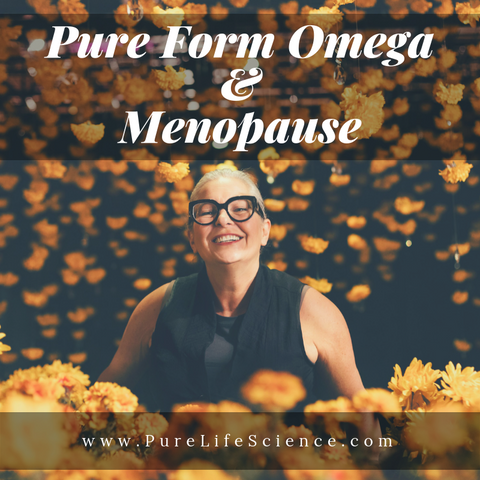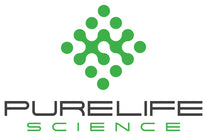PureForm Omega and Menopause

We often suggest Pure Form Omega® to pre-menopausal women looking for relief from hot flashes, as many have experienced partial to full resolution of their symptoms. Why is this the case? It was actually an unanticipated effect, so a little diving into the science of menopause was quite revealing.
It turns out that it was routine for physicians to prescribe Evening Primrose Oil (EPO) for hot flashes in the 1950s and 60s. This was before artificial hormones were invented; unfortunately, we now know that these artificial hormones were directly contributing to the current breast cancer epidemic and should no longer be used [(Fournier, Berrino, Riboli, Avenel, & Clavel-Chapelon, 2004)(“Breast cancer and hormone-replacement therapy...”, 2003)].
Evening Primrose Oil is loaded with gamma-linolenic acid, an Omega-6 with potent anti-inflammatory effects which break the heat producing inflammatory cycle that becomes prevalent in menopause. It is also perfectly safe as it has no estrogen in it, so EPO cannot cause the proliferation of breast tissue that causes cancer. Pure Form Omega® is rich in EPO; in fact, it is the number one ingredient. It is also one of the purest sources as demonstrated by recent testing by Health Canada (be sure to look at our Purity Report here).
The second ingredient in Pure Form Omega® is flax seed oil. Now, flax seed oil has something called lignins, which are important modulators of hormone metabolism. So you can see that Pure Form Omega® isn’t just good for overall health and performance: it has implications in treating undesirable effects of aging that at least half of our population will experience, all without the risk posed by artificial solutions.
REFERENCES
“Breast cancer and hormone-replacement therapy in Million Women Study,” (2003). The Lancet, 362(9382), 419-427. https://doi.org/10.1016/S0140-6736(03)14065-2
Fournier, A., Berrino, F., Riboli, E., Avenel, V., Clavel-Chapelon, F. (2004). “Breast cancer risk in relation to different types of hormone replacement therapy in the E3N-EPIC cohort,” International Journal of Cancer, 114(3), 448-454. https://doi.org/10.1002/ijc.20710
